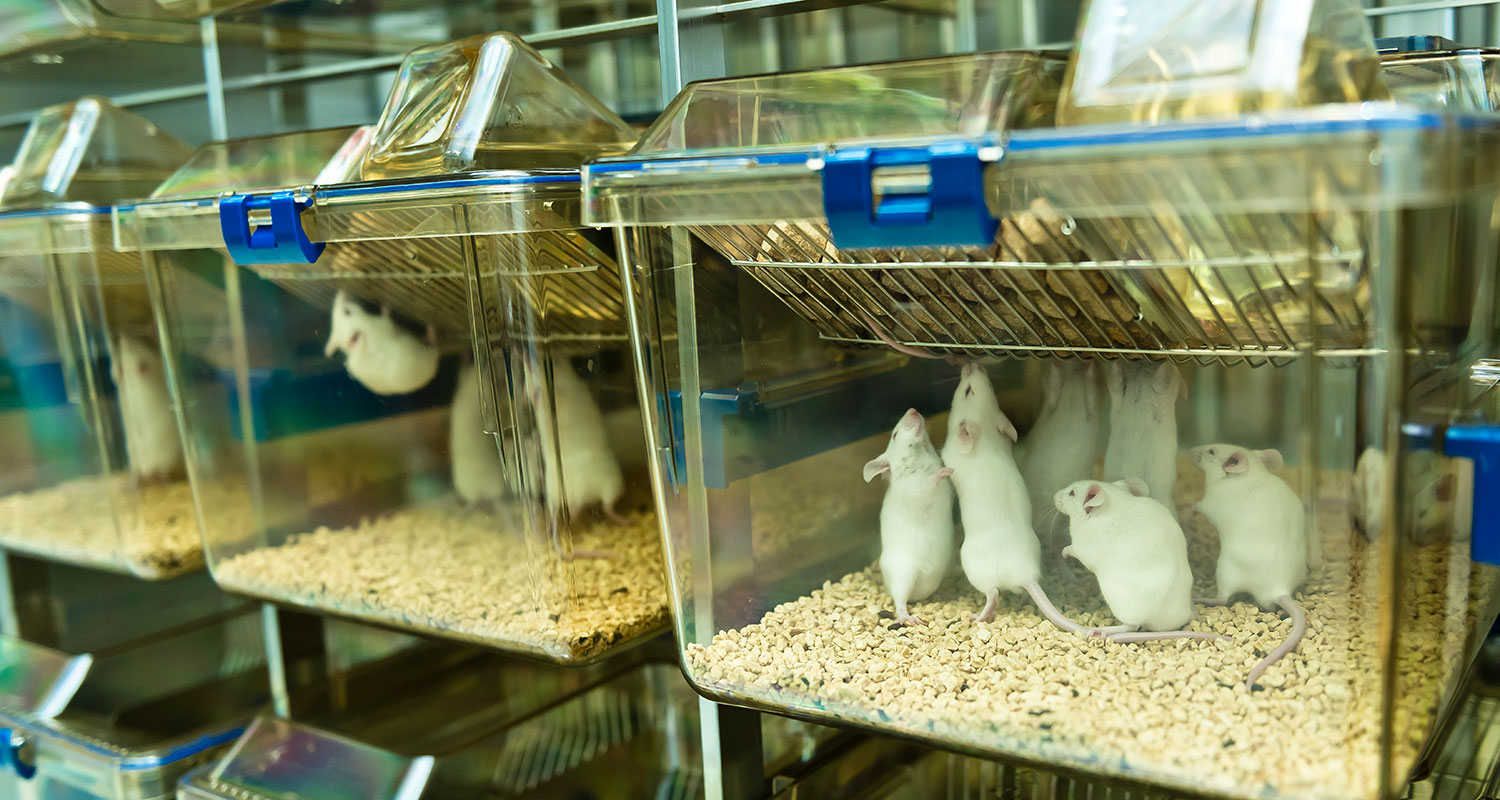Animals are exposed to some level of noise, ultrasonic noise, and vibration in all research animal facilities and laboratories.
The activities of lab workers, the use of electronic and mechanical equipment, and local building maintenance and construction all contribute to their acoustic and vibrational environment. Low levels of these stimuli can be perfectly acceptable, but when certain thresholds are exceeded, animal welfare and the results of research can be compromised. The potential for these problems is well recognized by scientists, as evidenced by the Guide for the Care and Use of Laboratory Animals (2011, 8th Edition) which mentions the problems of noise and vibration 39 and 28 times, respectively.
A Variety of Harmful Effects Can Result
Specific problems caused by excessive noise and vibration stimuli are multiple. For example, noise exposure can lead to hearing loss in animals, affecting their ability to communicate and breed. Given the acoustic research that we do at Turner Scientific, this is an especially relevant and problematic issue. Excessive noise also impacts animals’ immune function, sleep/wake cycles, learning/memory, and propensity for cancer and cardiovascular disease. Strong and repeated vibrational stimuli can lead to elevated stress hormones, sleep disturbances, changes in cardiovascular function, and decreased pregnancy rates in animals.
Given the variety of detrimental effects from noise and vibration exposure, it is not difficult to understand the importance of detecting and minimizing such stimuli. This process is not necessarily easy, however. Sensitive microphones and accelerometers, digital acquisition equipment, and effective displays are required, and most common electronic devices (including smart phones) lack the proper level of sophistication. In addition, the ability to interpret data and determine if animals can even hear or feel certain stimuli are crucial.
For more information about the effects of noises and vibrations on laboratory animals, please refer to a White Paper, “Noise and Vibration in the Vivarium: Best Practices for Minimizing Negative Impacts on Animals, Ongoing Research Studies, and Relationships with Scientists” written by Jeremy Turner, PhD.
We Monitor Our Own Vivarium
We don’t just recommend to others that their animal facilities need to be monitored for noise and vibration levels. Turner Scientific has a vivarium, and we take the same precautions that we advise others to take. Our Sensory Sentinel (TM) system is logging data 24 hours per day, and we regularly review noise and vibration levels to avoid confounds in our own studies.

